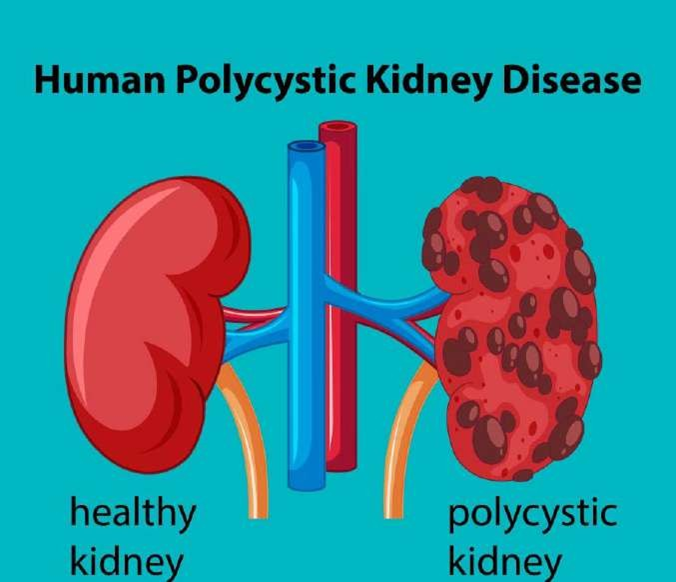A nurse is teaching a client who has chronic kidney disease about the process of continuous ambulatory peritoneal dialysis (CAPD). Which of the following information should the nurse include in the teaching?
CAPD is the dialysis treatment of choice for clients who have a history of abdominal surgery.
CAPD requires a rigid schedule of exchange times.
CAPD requires the client to follow fewer dietary and fluid restrictions than hemodialysis requires.
CAPD filters the client's blood through an artificial device called a dialyzer.
The Correct Answer is C
Choice A reason: CAPD can be suitable for clients with a history of abdominal surgery, but it is not specifically the
treatment of choice due to this reason alone.
Choice B reason: CAPD does not require a rigid schedule of exchange times. It is ?exible and can be adjusted to fit the client's lifestyle.
Choice C reason: CAPD allows for more dietary and fluid freedom compared to hemodialysis because it is a continuous process that removes waste products and excess fluid more gradually.
Choice D reason: CAPD does not filter the client's blood through an artificial device called a dialyzer; that is a description of hemodialysis. CAPD uses the client's peritoneum as the filter to remove waste products and excess fluid.
Nursing Test Bank
Naxlex Comprehensive Predictor Exams
Related Questions
Correct Answer is A
Explanation
Choice A reason: Flank pain is a common symptom of PKD due to the enlargement of cysts within the kidneys.

Choice B reason: Confusion is not a direct symptom of PKD but could be related to complications such as severe hypertension or toxins in the blood due to decreased kidney function.
Choice C reason: Hypotension is not typically associated with PKD; in fact, hypertension is a more common finding due to the disease's impact on kidney function.
Choice D reason: Urinary retention is not a typical finding in PKD. Instead, symptoms like hematuria (blood in the urine) and increased urinary frequency may occur.
Correct Answer is ["B","D","E"]
Explanation
Choice A reason: Driving restrictions are not typically necessary for clients on hemodialysis unless there are other underlying conditions affecting their ability to drive safely.
Choice B reason: Clients on hemodialysis need to restrict foods high in potassium, sodium, and phosphorus to manage their electrolyte levels and prevent complications.
Choice C reason: Airplane travel is not generally restricted for hemodialysis clients, but they may need to arrange for dialysis at their destination.
Choice D reason: Time constraints are a significant factor as hemodialysis requires several hours per session, multiple times a week.
Choice E reason: Fluid intake often needs to be restricted in clients on hemodialysis to prevent fluid overload, as the kidneys are not able to remove excess fluid effectively.
Choice F reason: Limiting social activities is not a necessary restriction unless it is related to the client's overall health status.
Whether you are a student looking to ace your exams or a practicing nurse seeking to enhance your expertise , our nursing education contents will empower you with the confidence and competence to make a difference in the lives of patients and become a respected leader in the healthcare field.
Visit Naxlex, invest in your future and unlock endless possibilities with our unparalleled nursing education contents today
Report Wrong Answer on the Current Question
Do you disagree with the answer? If yes, what is your expected answer? Explain.
Kindly be descriptive with the issue you are facing.
